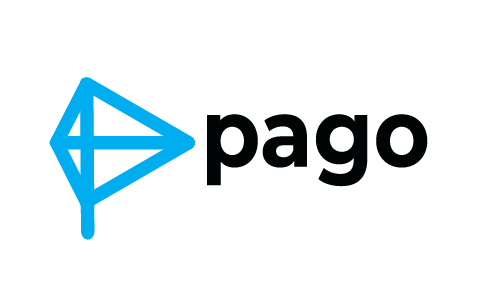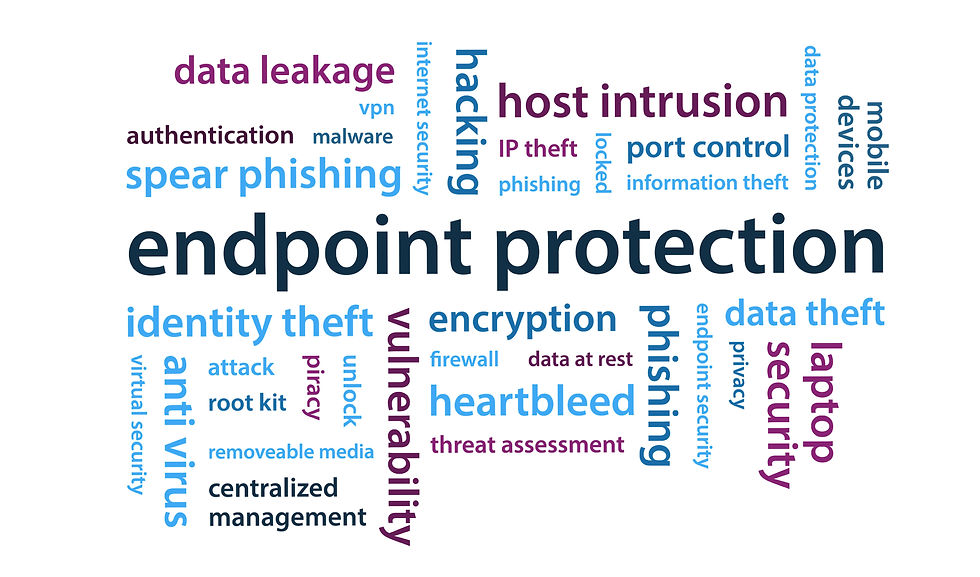[Gartner SRM Summit 2025] 4 Key Trends and Survival Strategies for Security Operations
- Pyo Kwon

- Jun 15
- 5 min read

How will the cyber-security landscape change by 2025? In his “Outlook for Security Operations 2025” presentation, Gartner’s Eric Ahlm provided deep analysis and clear guidance in response to that question. Against a backdrop of persistent staffing shortages and both high expectations and confusion about AI technologies, his talk offered vital insights for SOC and MDR service providers. This review focuses on the four core points Ahlm presented and examines the challenges they pose for the future of security operations.
From Features to Measurable Outcomes
The solution Ahlm proposed is an ecosystem approach. Major vendors such as SentinelOne, Palo Alto Networks, CrowdStrike and Microsoft are rising to prominence by offering organically integrated platforms rather than best-of-breed point solutions. The critical shift in evaluation criteria is from asking “What features does this solution offer?” to “Does this ecosystem actually reduce our organizational complexity and deliver the security outcomes we need?”

The Ecosystem Dilemma
Adopting an ecosystem approach comes with a critical requirement: you must embrace the vendor’s entire suite. To capture real synergies, you need to commit fully to that product line. Half-hearted “hybrid ecosystems” cobbled together from multiple vendors simply cannot deliver true efficiency.
This reality inevitably raises concerns about vendor lock-in. Yet we must accept a degree of dependency as an unavoidable fact. The upside is that more vendors now compete on ecosystem strength, giving organizations genuine choice. Meanwhile, the SIEM market still boasts 17 percent annual growth, proving its ongoing importance. Rather than discarding SIEM, enterprises should analyze its deep value within their overall platform strategy and determine whether a chosen ecosystem can replace or complement SIEM more effectively.
Hybrid SOC and Strategic Division of Labor
Security operations centers are evolving into hybrid models—or already functioning as such. This is no longer a fringe view but an industry-wide trend. Responding around the clock to advanced threats with fewer than a dozen in-house specialists is simply impossible for most organizations.

Technical and Tactical Capabilities from Service Providers, Strategy In-House
How do you build a successful hybrid SOC? Let’s explore the concept of strategic resource allocation. It goes beyond simply filling headcount gaps with managed services. Tasks that can be handled through security expertise (technical and tactical work) should be entrusted to MDR service providers. Strategic responsibilities that require deep understanding of the business context must remain in-house.
For example, it’s more efficient to leverage external scale for high-volume alert triage or repetitive vulnerability scanning. But threat modeling of your crown-jewel assets or ensuring internal regulatory compliance, work that demands intimate knowledge of your company’s processes, must be retained by your internal team.
An Evolving Service Market and Seamless Modeling
The managed security services market has moved beyond one-size-fits-all offerings into point-focused services that specialize in specific functions or objectives. This trend creates an environment where you can assemble only the blocks you need, optimizing costs and allowing internal teams to concentrate on core strategic initiatives.
PAGO’s MDR service, for example, clearly separates detection layers to pinpoint risk zones. While some think MDR merely analyzes threats, PAGO identifies gaps in your monitoring and prescribes improvements. If web-based attacks rise, we provide tailored tool recommendations and training materials to explain functionality and necessity. This approach reduces unnecessary spending and boosts real return on investment.
Exposure Management as the FrontLine
Security teams and SOCs have traditionally prioritized detection and response, yet Gartner stresses that Continuous Threat Exposure Management (CTEM) brings transformative advantages to SOC operations.
Why “Know What You’re Exposed To” Matters
Focusing on exposure management lets you validate whether your defenses truly block real threats. This is a game-changer for analysts overwhelmed by false positives. If your environment isn’t exposed to a given attack vector or vulnerability, you can safely deprioritize its alerts. Conversely, by identifying the easiest attack paths in advance and concentrating defenses there, you achieve optimized protection through a select-and-focus strategy.
“Augmented Operations” - AI as Your Greatest Ally
In his AI discussion, Eric Ahlm underscored that the Augmented SOC is already here, while urging a practical mindset. The critical question is not which AI is supreme but how AI can enhance your team’s capabilities today.

AI’s Goal Is Not Headcount Reduction but Human Capability Expansion
In the Gartner Summit review covering Augmented SOC and Autonomous SOC, analysts Eric and Schmidt co-authored “Predict 2025: There Will Never Be an Autonomous SOC.” Their conclusion: AI will act like an invisible hand embedded in processes or running quietly in the background, rather than a standalone “robot analyst.”
AI is not an “AI teammate” here to replace human analysts, at least not for the foreseeable future. Its true value lies in augmentation: freeing analysts from repetitive, tactical work so they can spend more time on high-value activities such as threat hunting and security architecture improvements. If AI saves ten hours out of a forty-hour workweek, that equates to ten additional hours of human capacity.
Immediate, Practical AI Use Cases
Where should you deploy AI right now? Consider these hands-on examples:
False-Positive Reduction
Automate alert enrichment: AI gathers and summarizes relevant context for each alert and maps attack paths, filtering out obvious false positives before an analyst even looks.
Investigation Support
Before an analyst begins probing an incident, AI fetches threat intelligence, constructs an attack timeline and delivers rich initial context.
Detection-Rule Generation
AI ingests CTI reports, extracts IoCs and generates SIEM or EDR rules eliminating the tedious work of manual rule writing.
Report Writing
Use AI to summarize and structure large volumes of data for regular status reports or detailed incident findings.
At the same time, traditional automation platforms such as SOAR still deliver great value. Deterministic tasks, such as like phishing-email analysis or blocking known malicious IPs based on clear SOPs, remain best handled by scripted playbooks and automation workflows.
Conclusion: Efficient SOC Operations Through Strategic Focus
Gartner’s core prescription for security operations in 2025 is strategic choice and concentration. No organization has the personnel or bandwidth to handle every security task in-house, so start by pinpointing your greatest gaps.
Platform Strategy
Do you need a collection of countless features or a unified solution that actually cuts complexity ?
Staffing Strategy
Which tasks will your team handle directly and which will you entrust to external specialists ?
Defense Philosophy
Will you simply chase every alert that fires, or will you proactively identify and close the most attractive exposure points ?
Technology Adoption
Will you view AI as a vague promise or employ it today as a clear-cut tool that buys your team time ?
As noted in the Threat-Led Penetration Testing session, a turnkey, integrated security environment delivers optimal results. Leading vendors now offer modular platforms tailored to enterprise needs. By leveraging these turnkey ecosystems you can build the resilient SOC required to counter evolving threats.
Author - Pyo Kwon, CPTO | PAGO Networks



